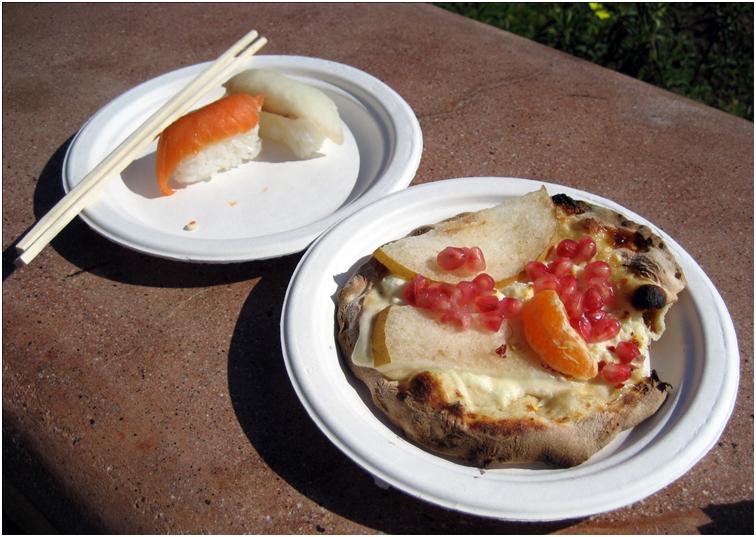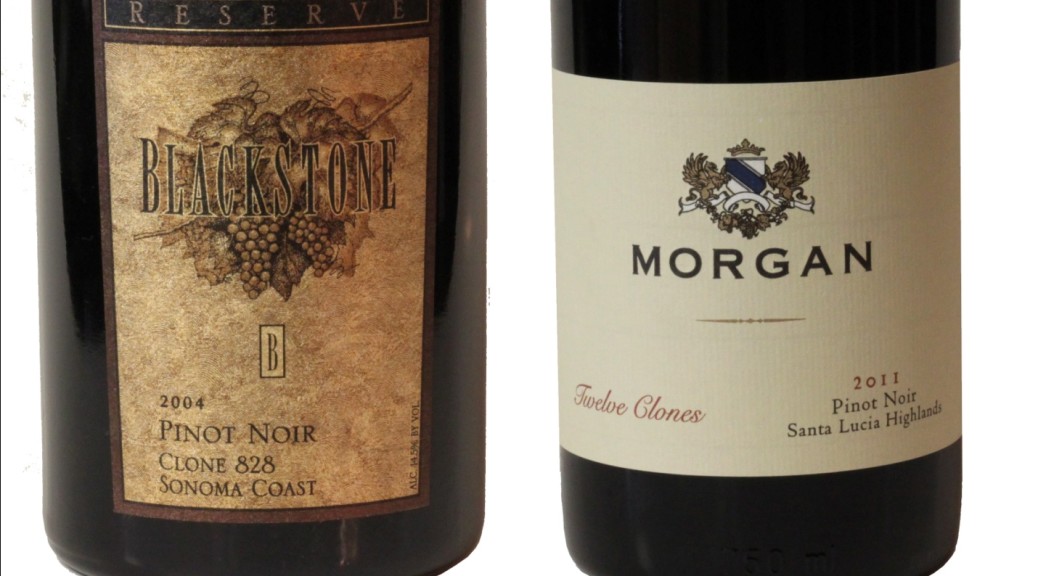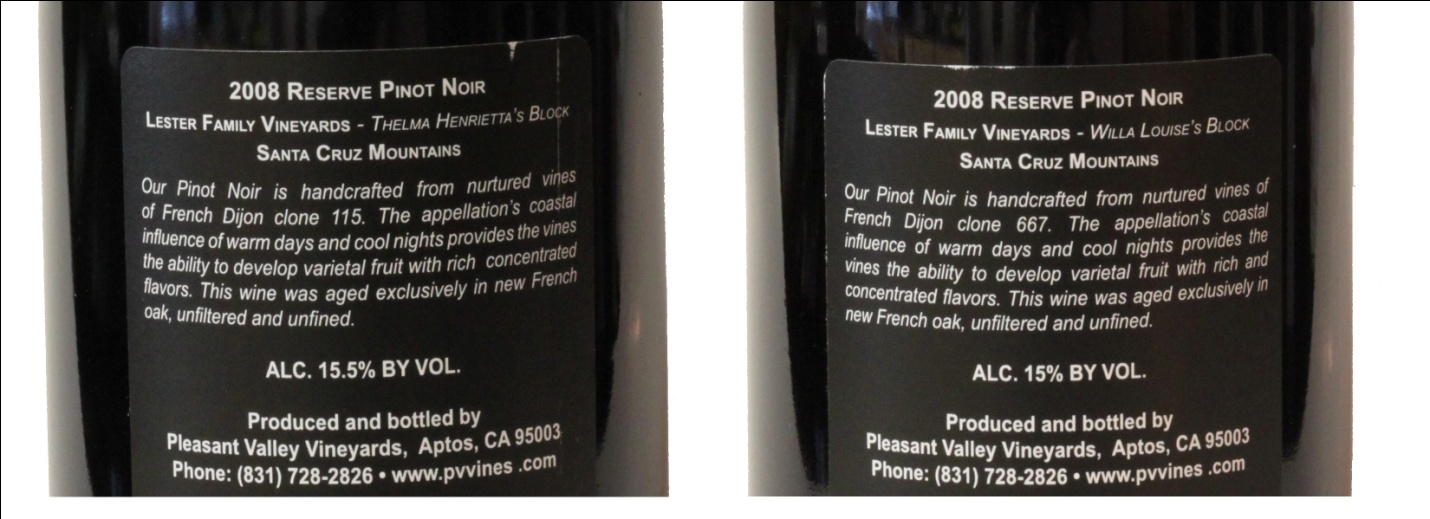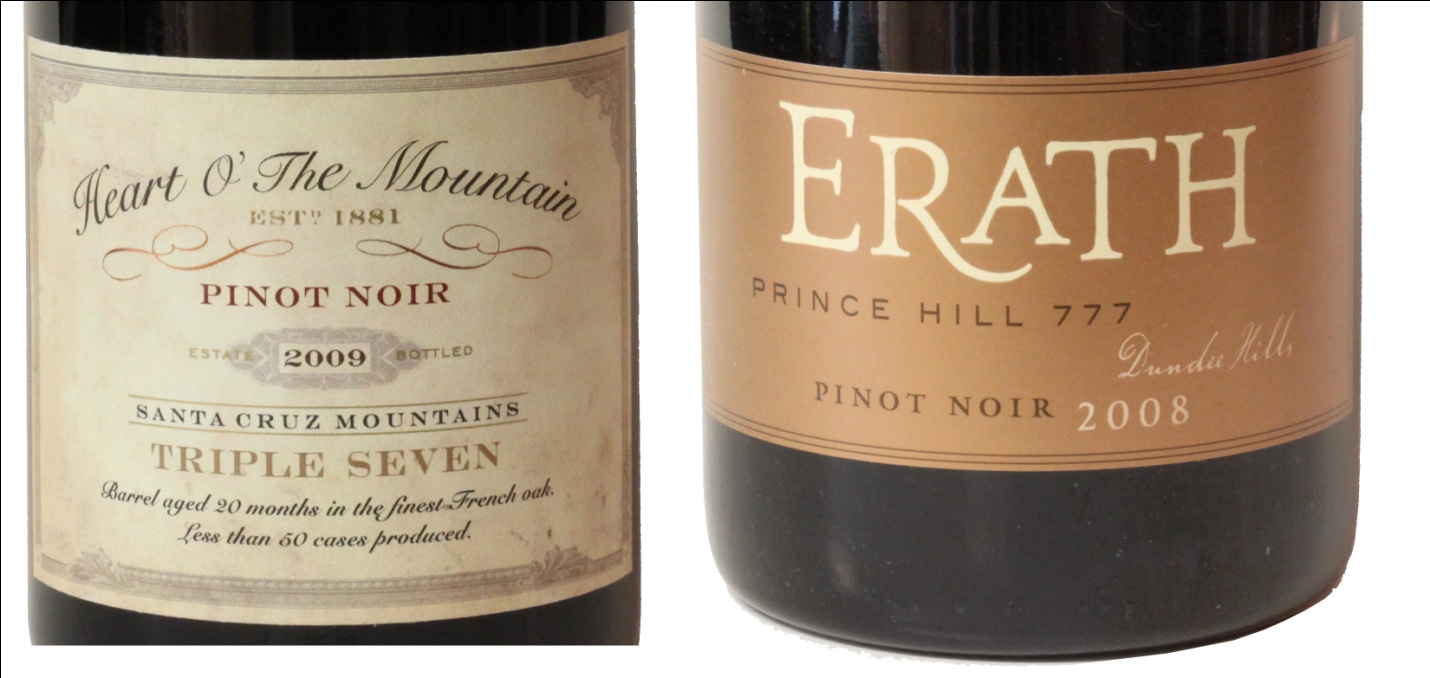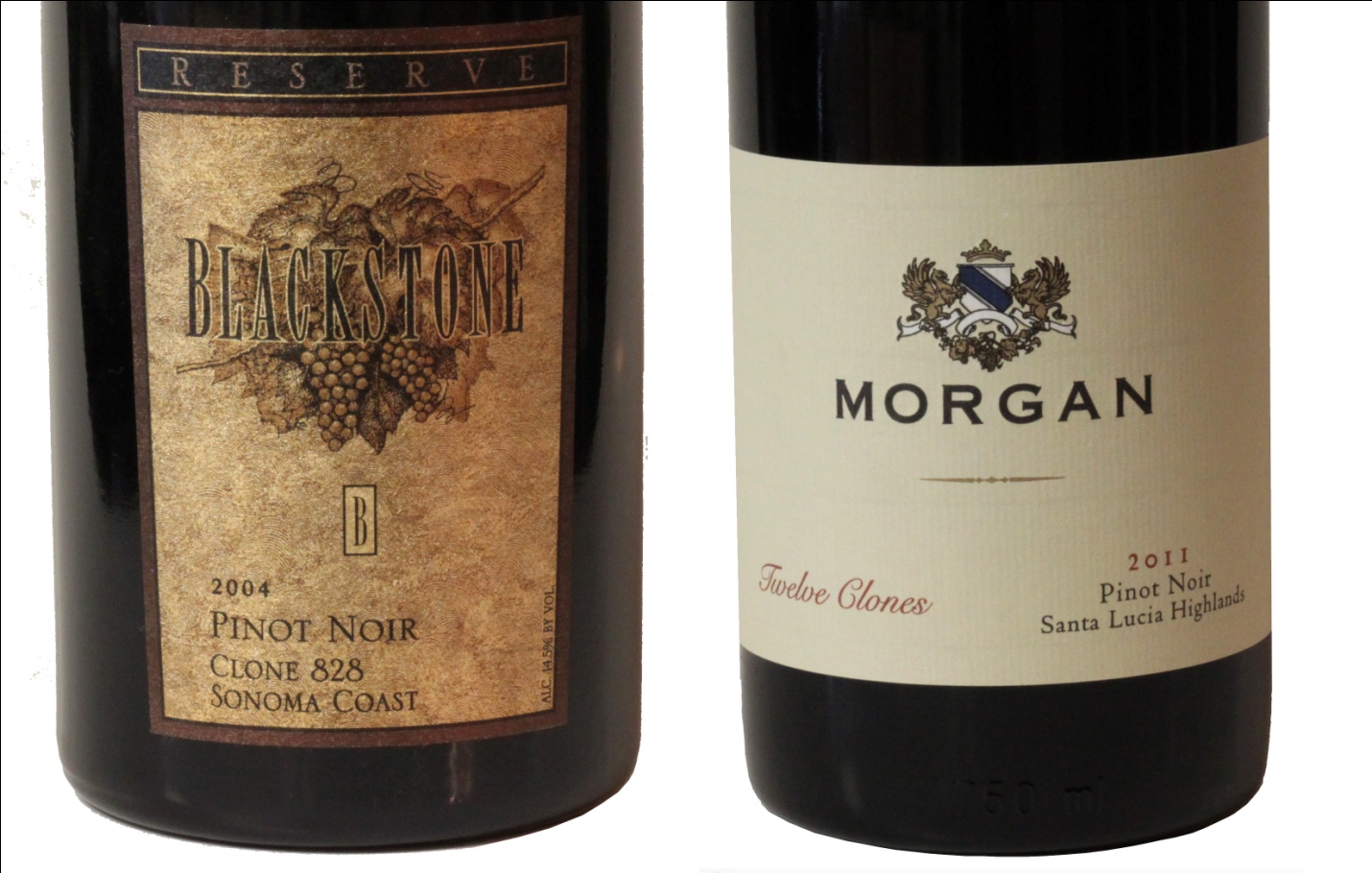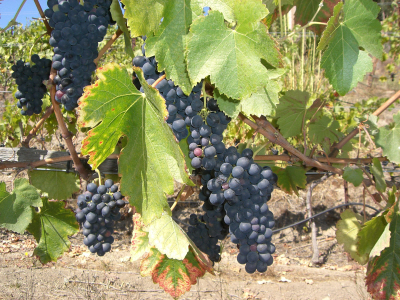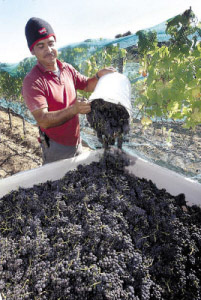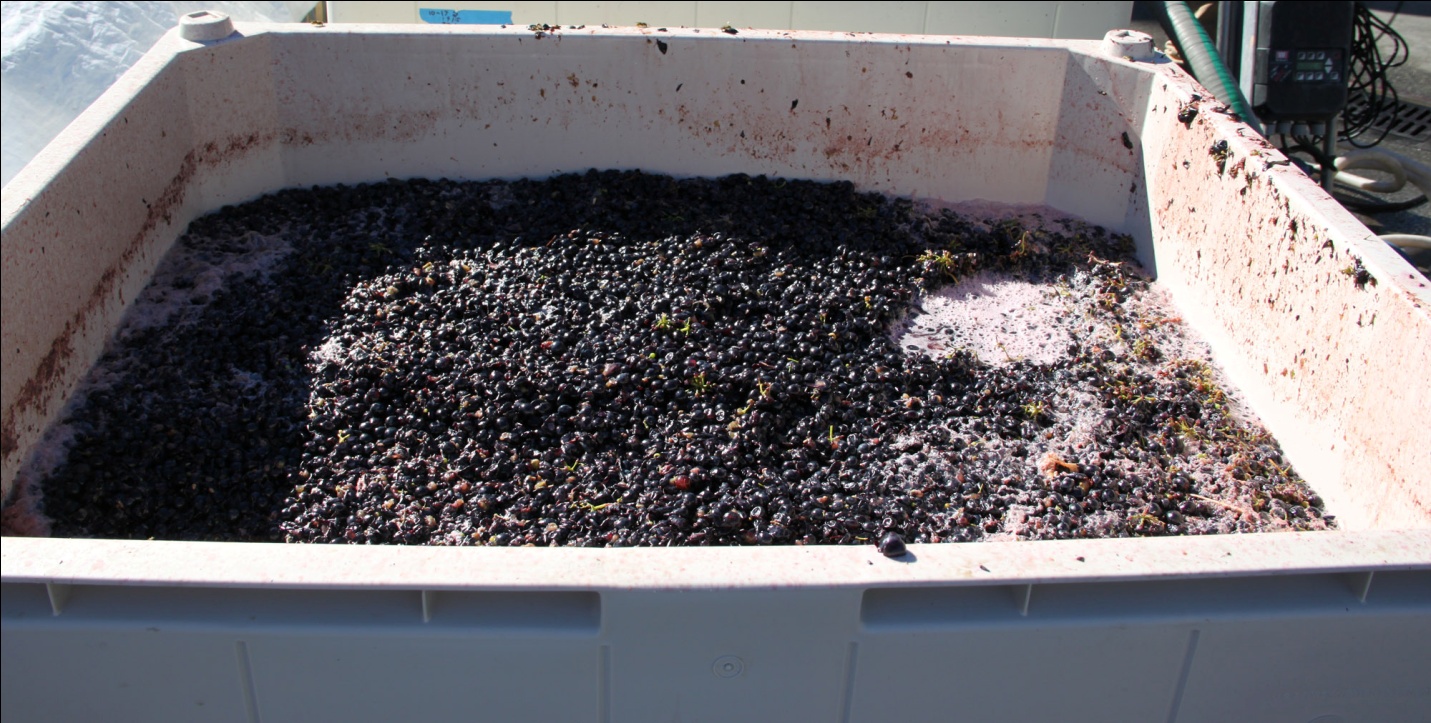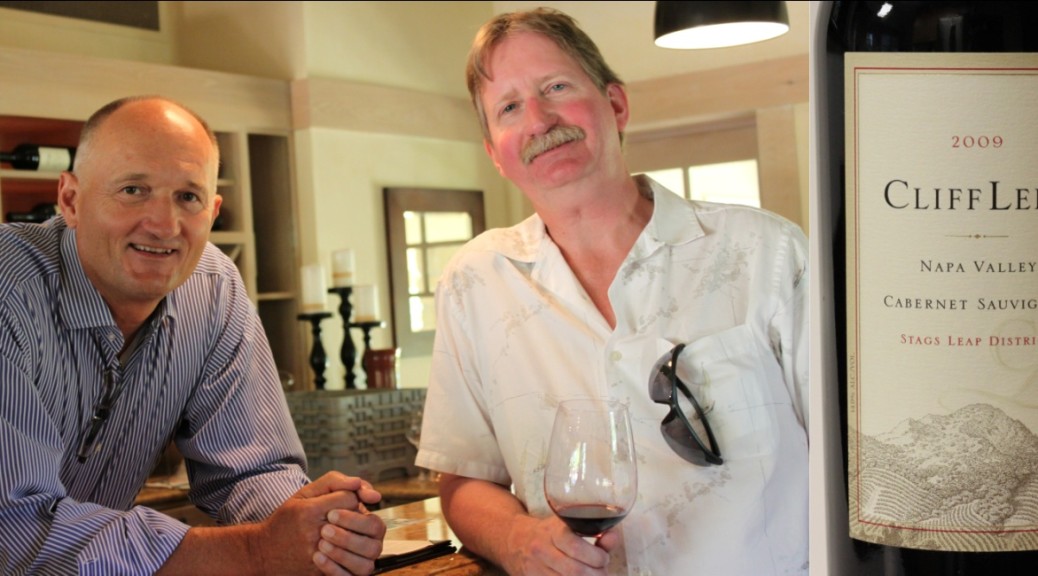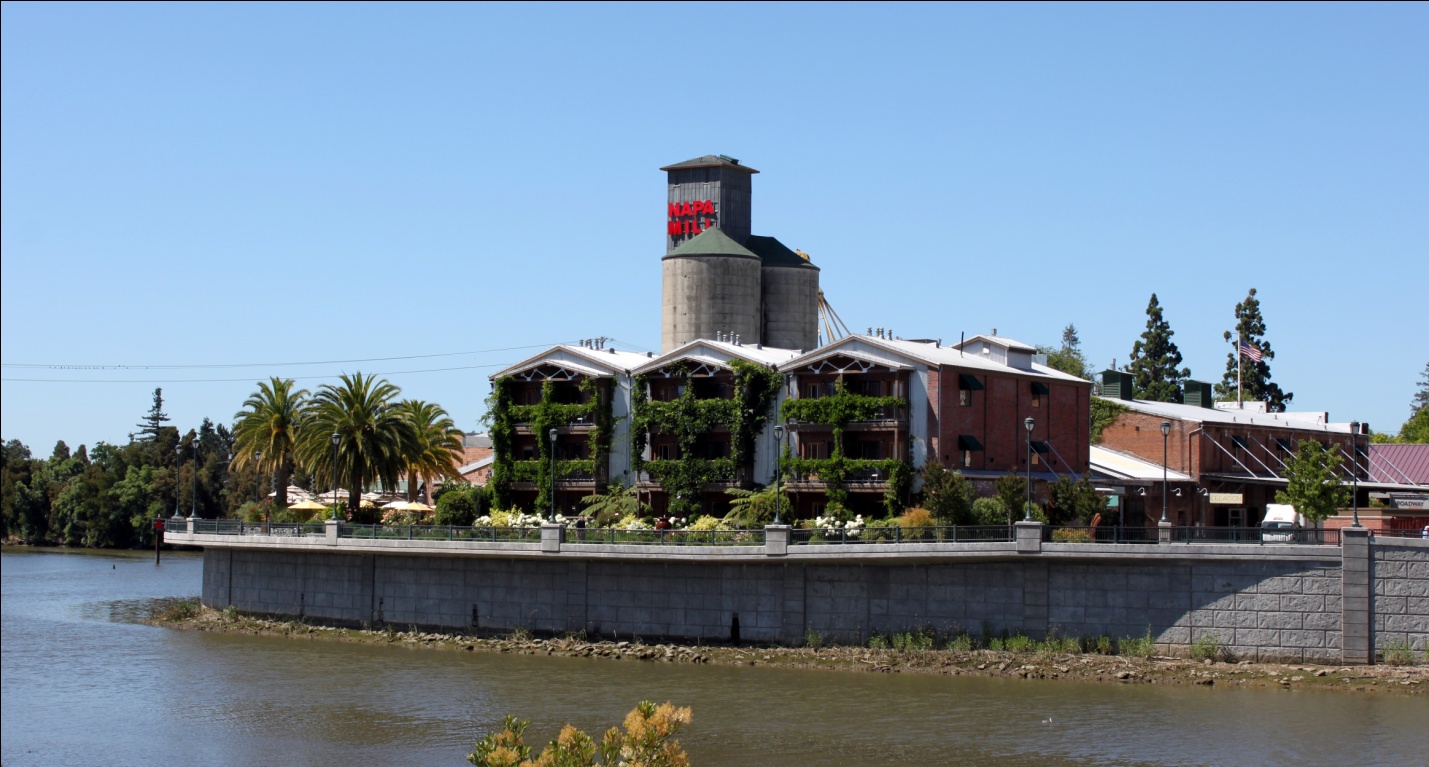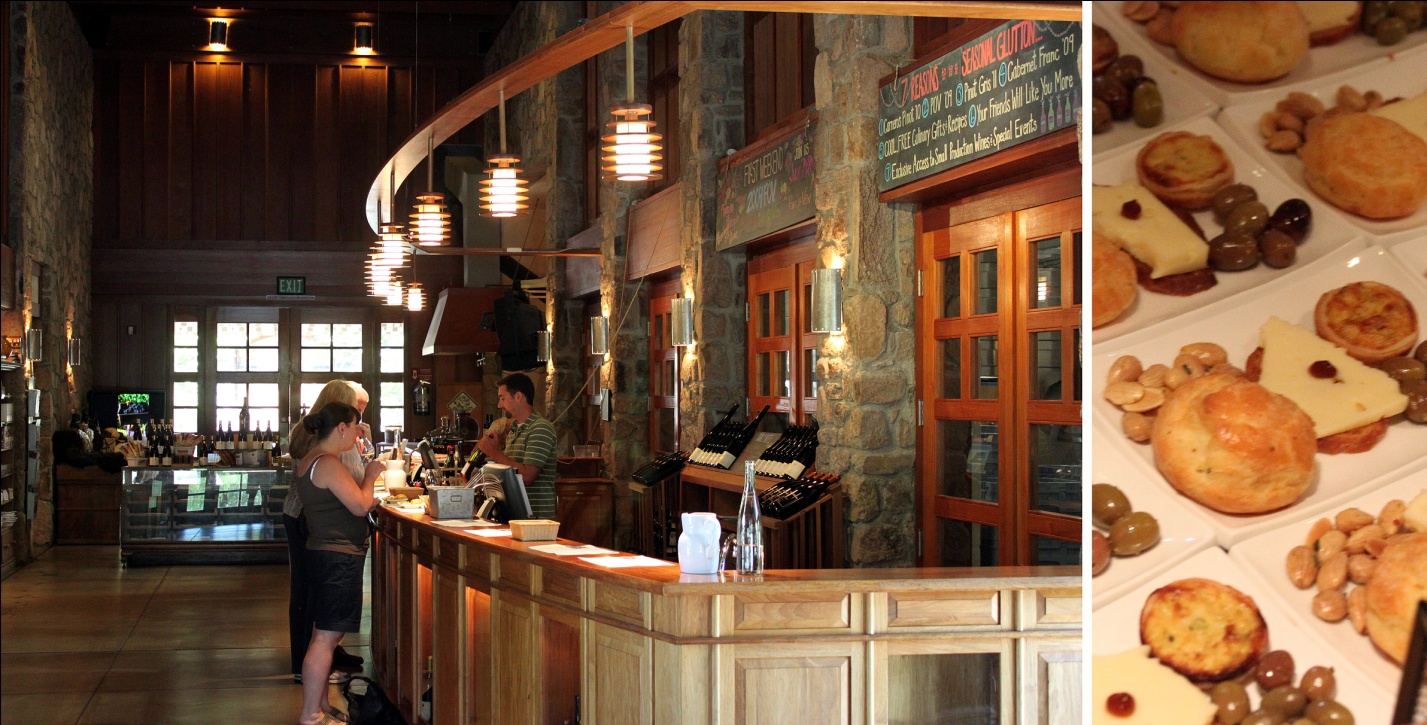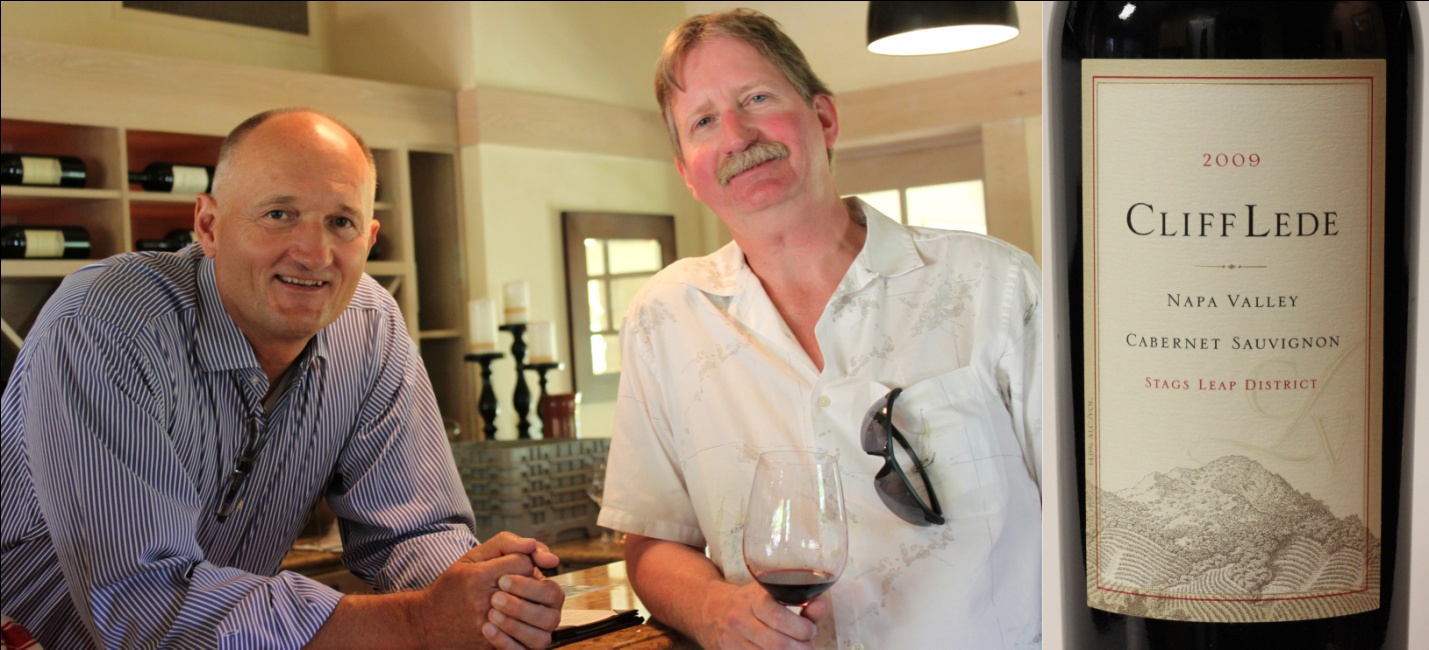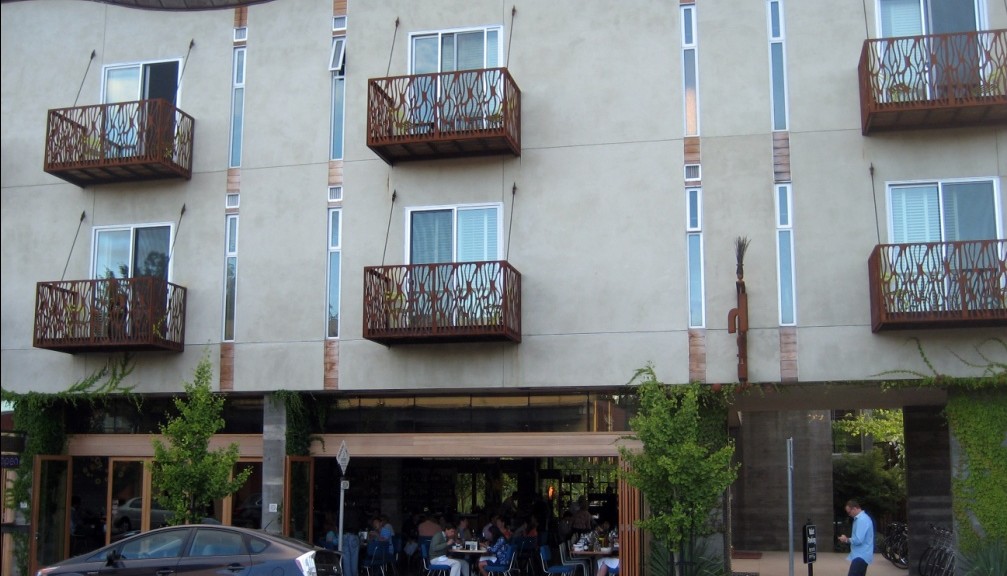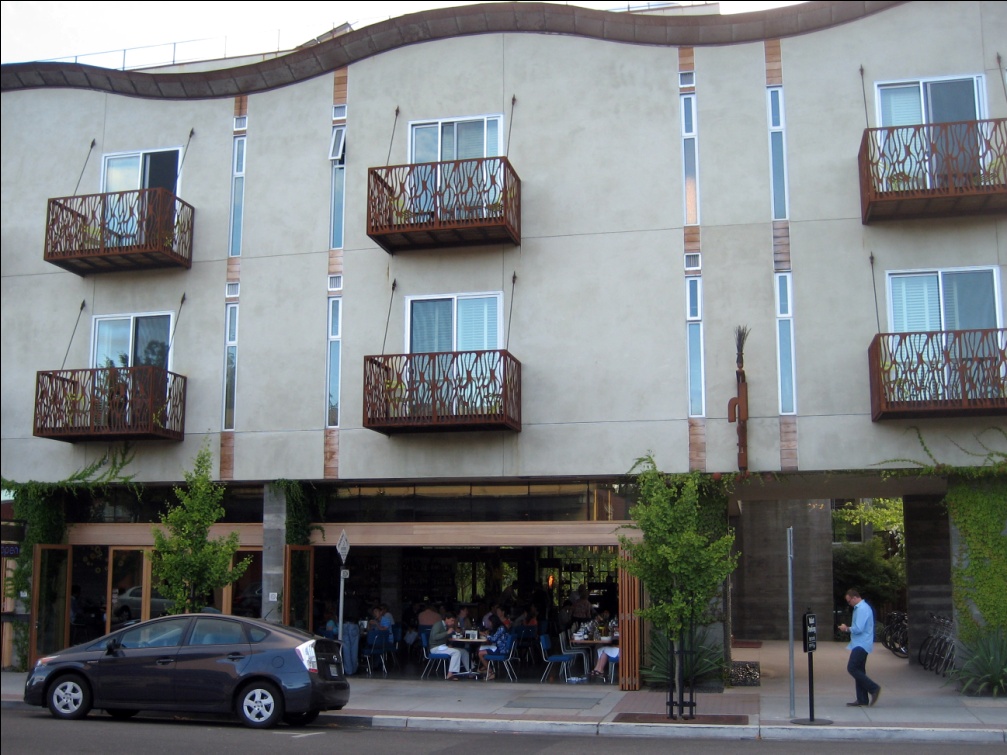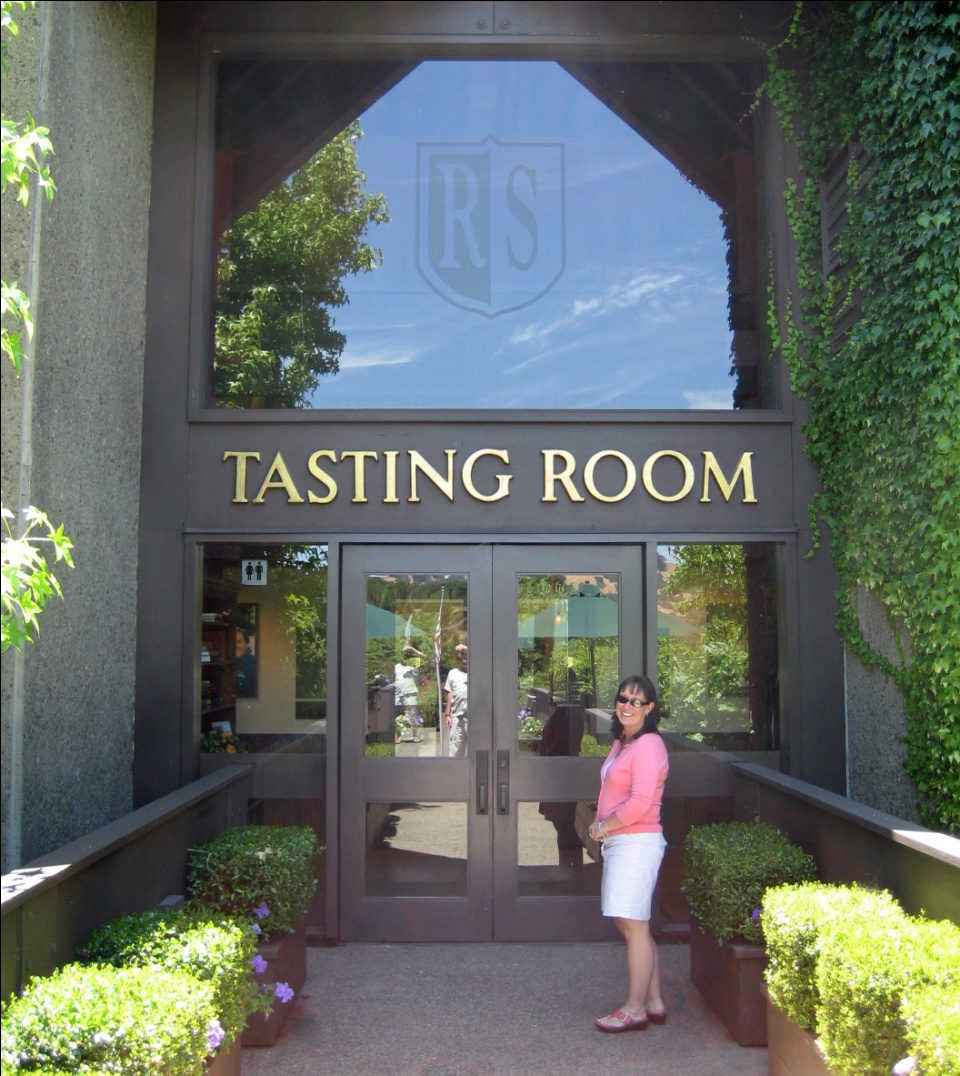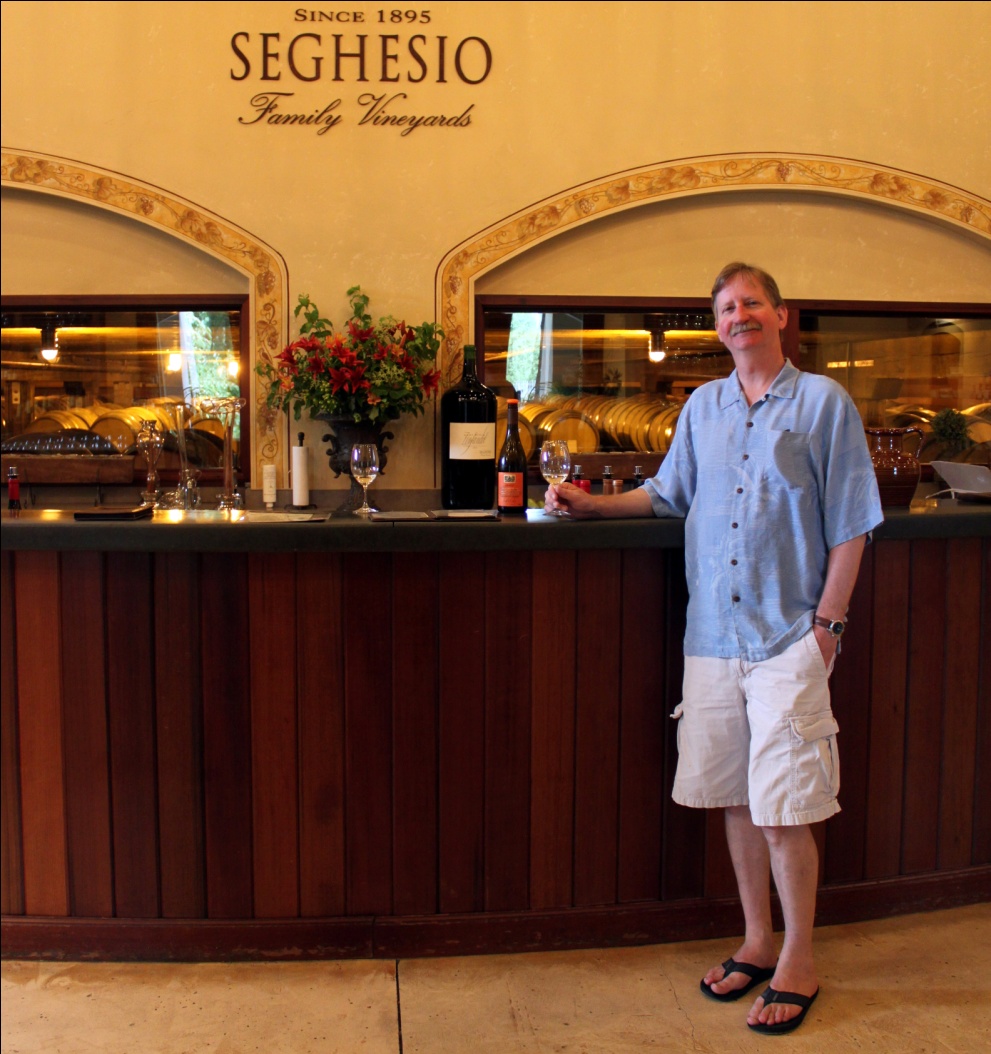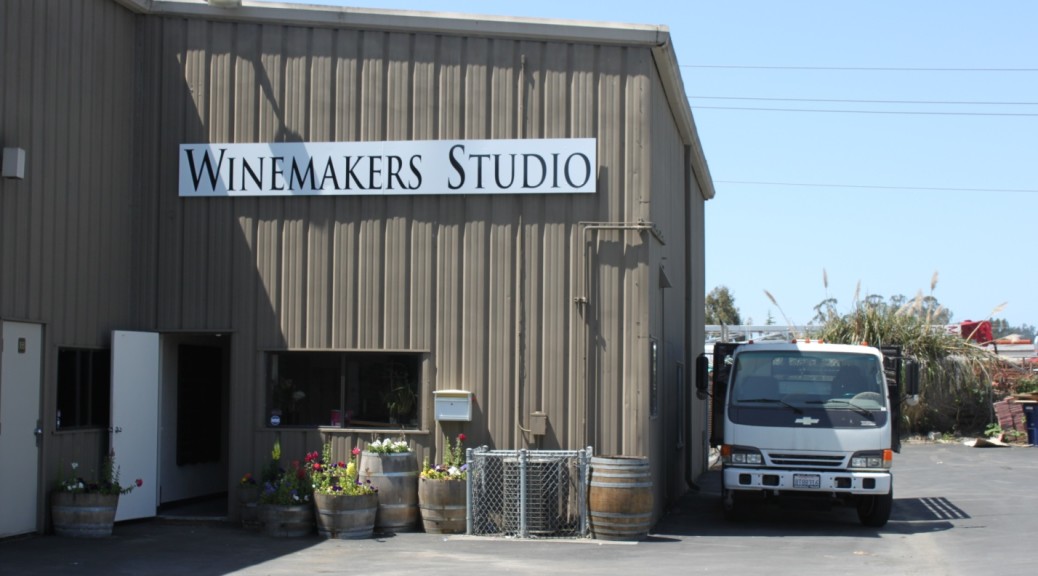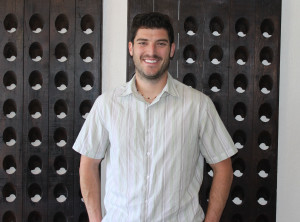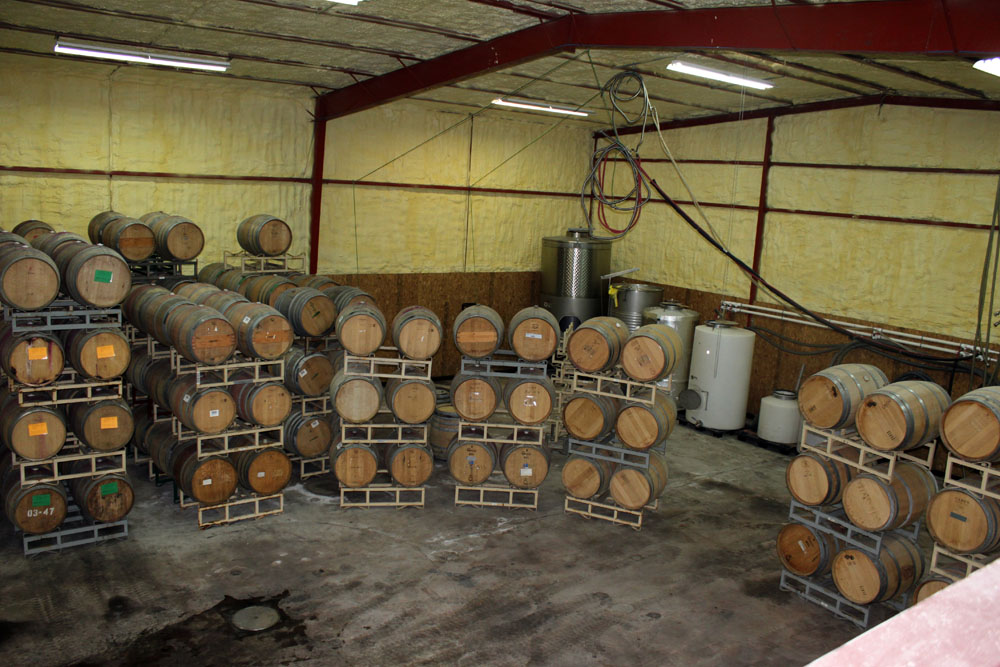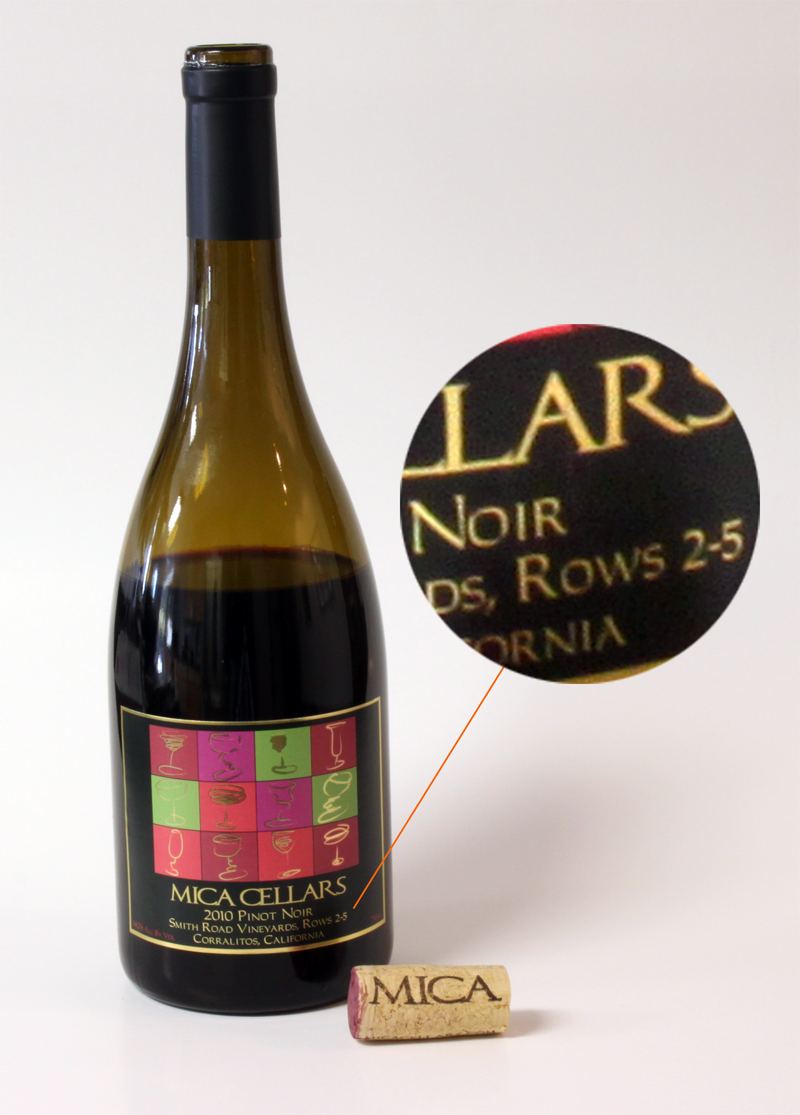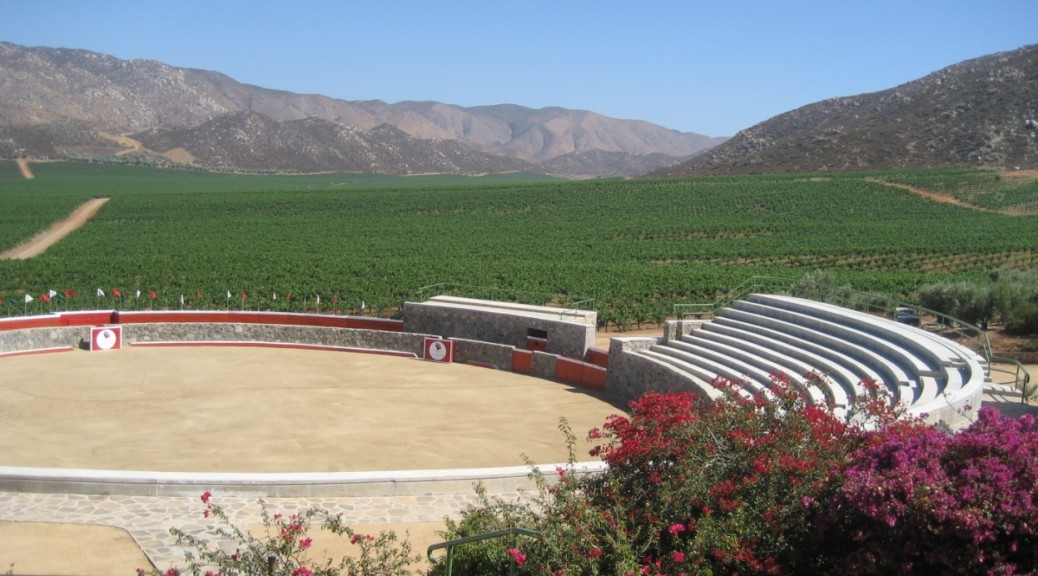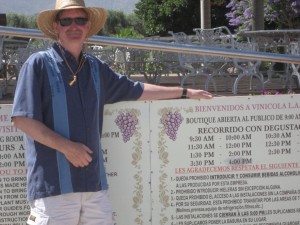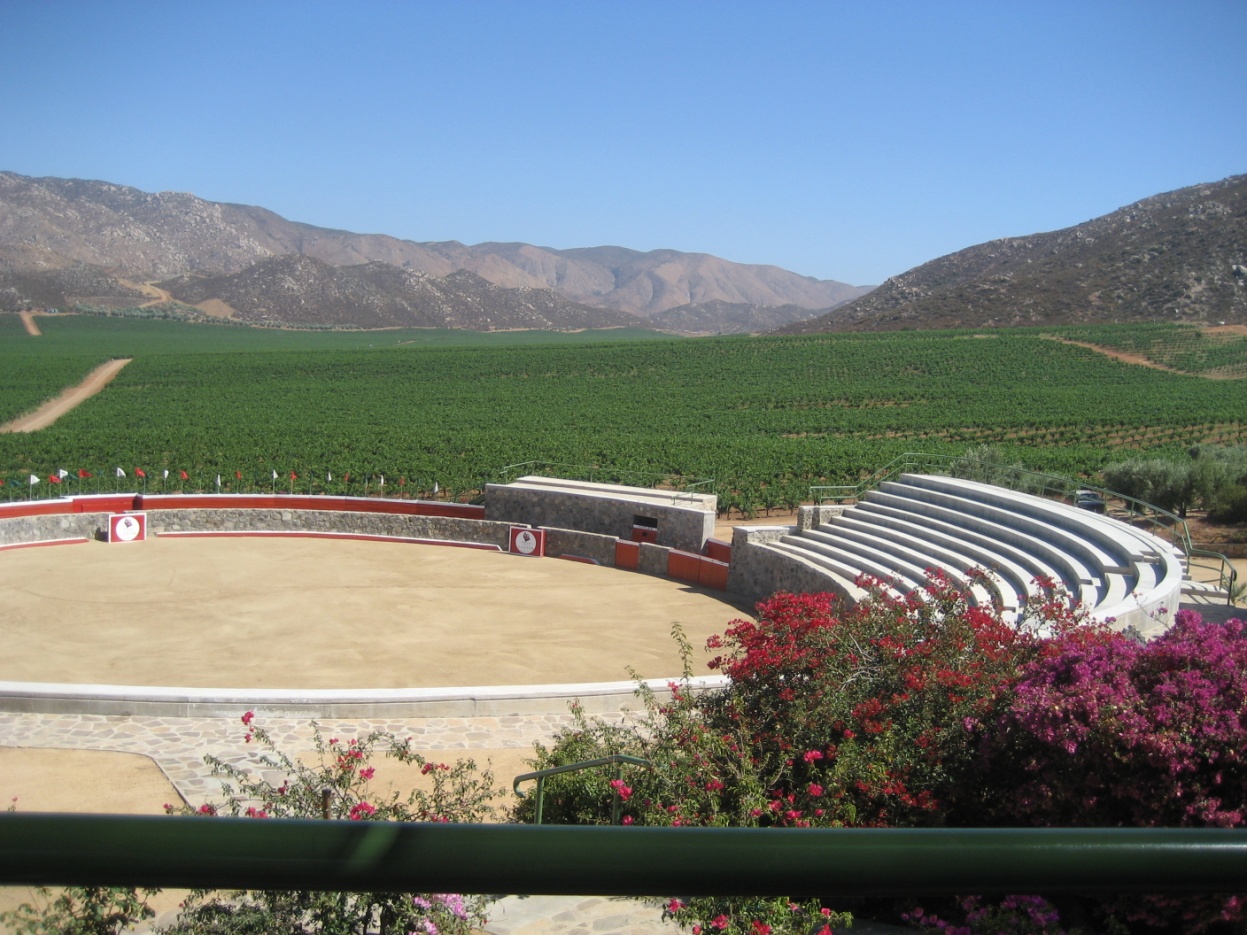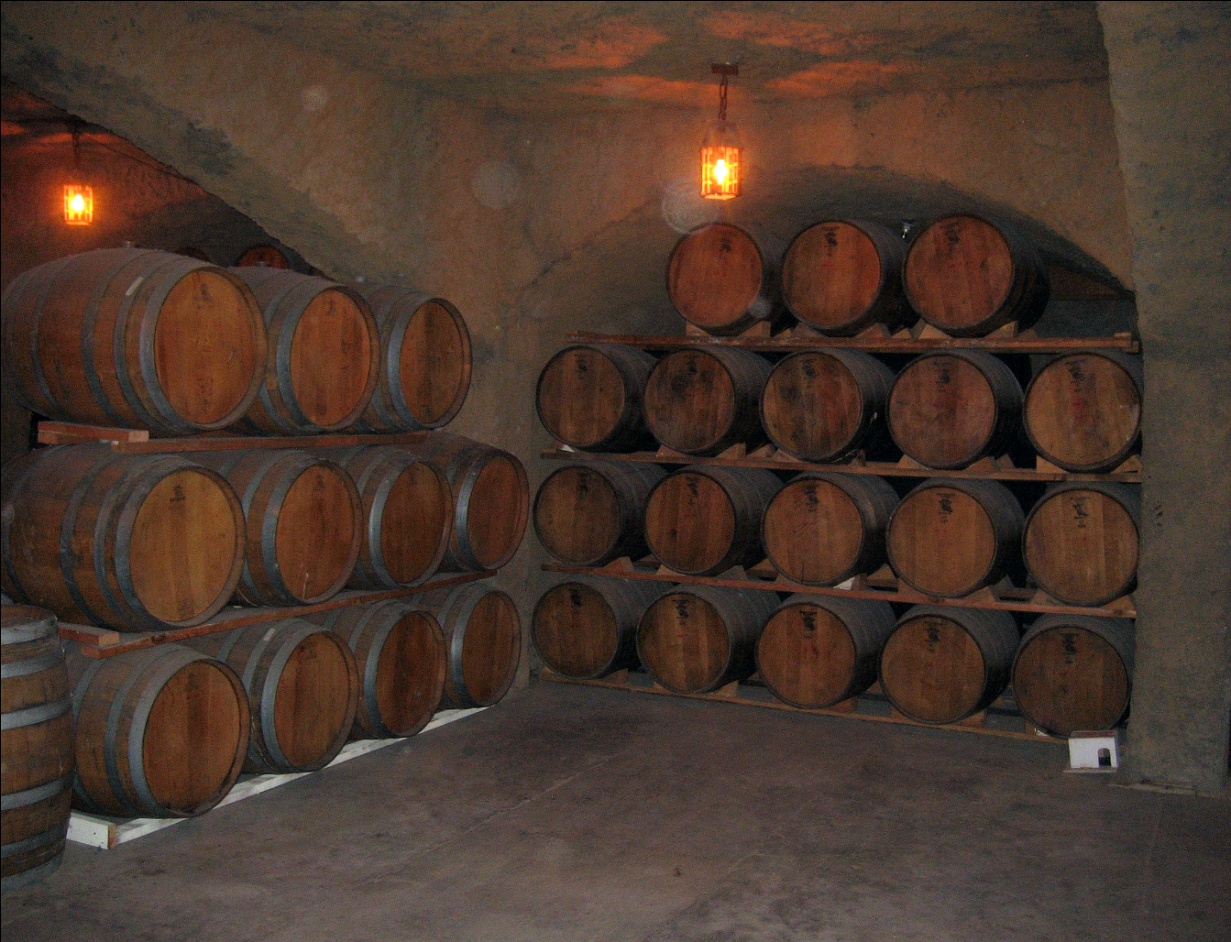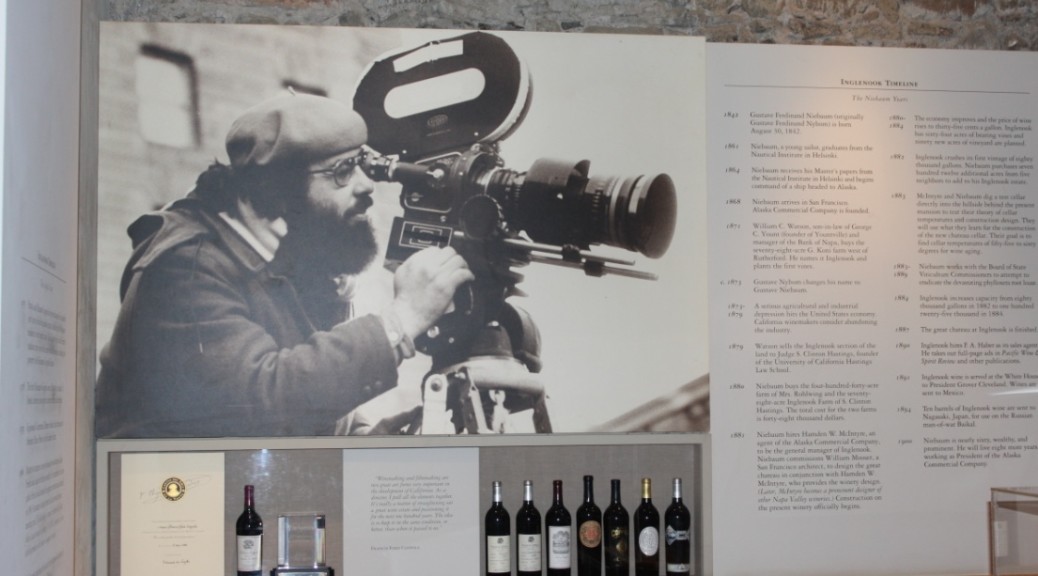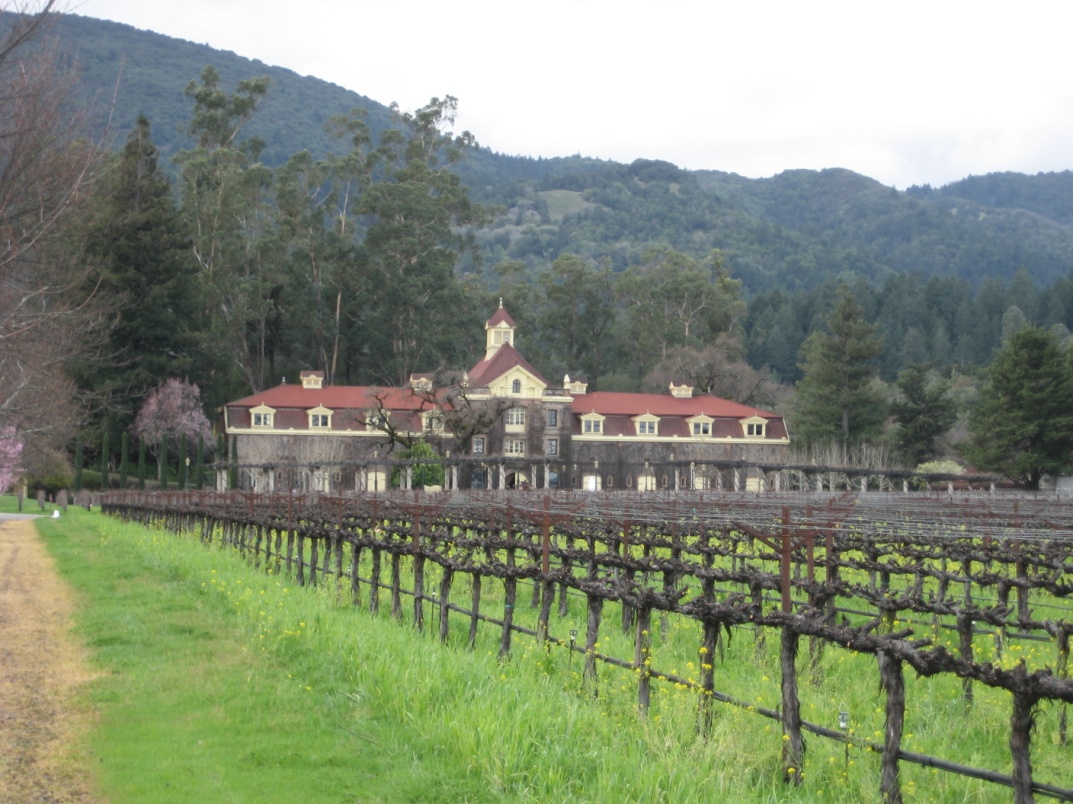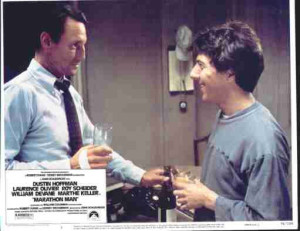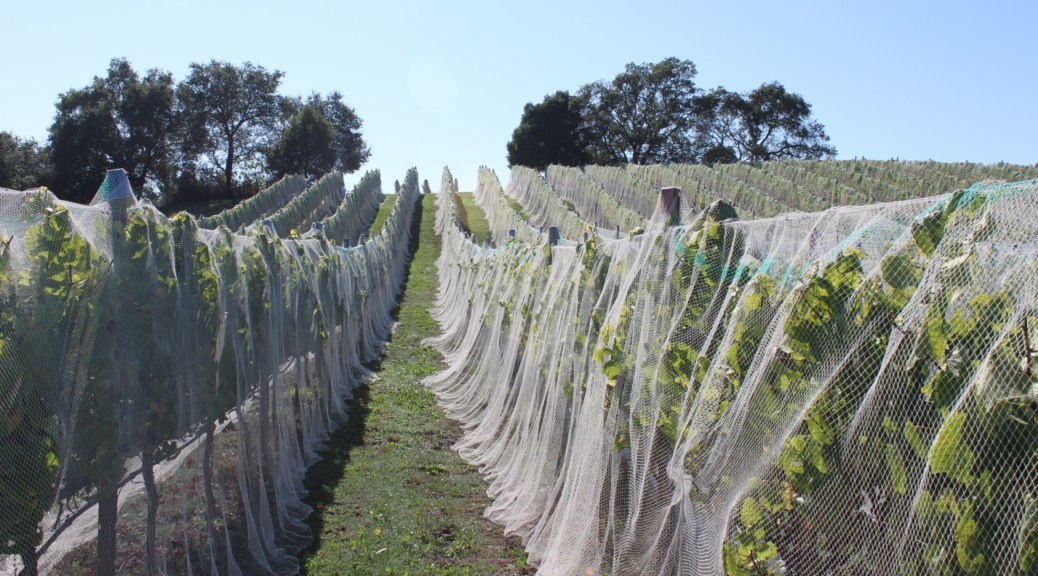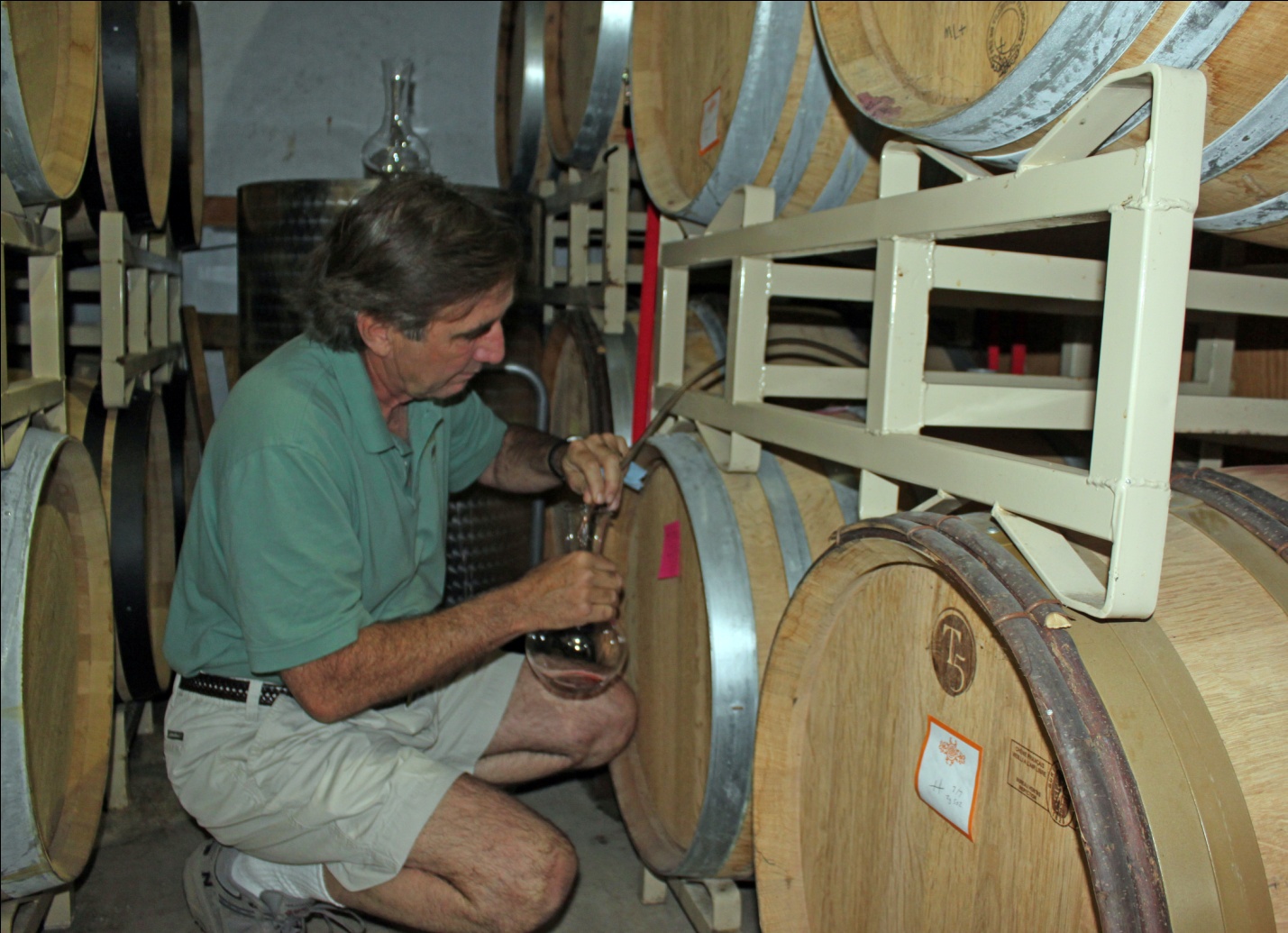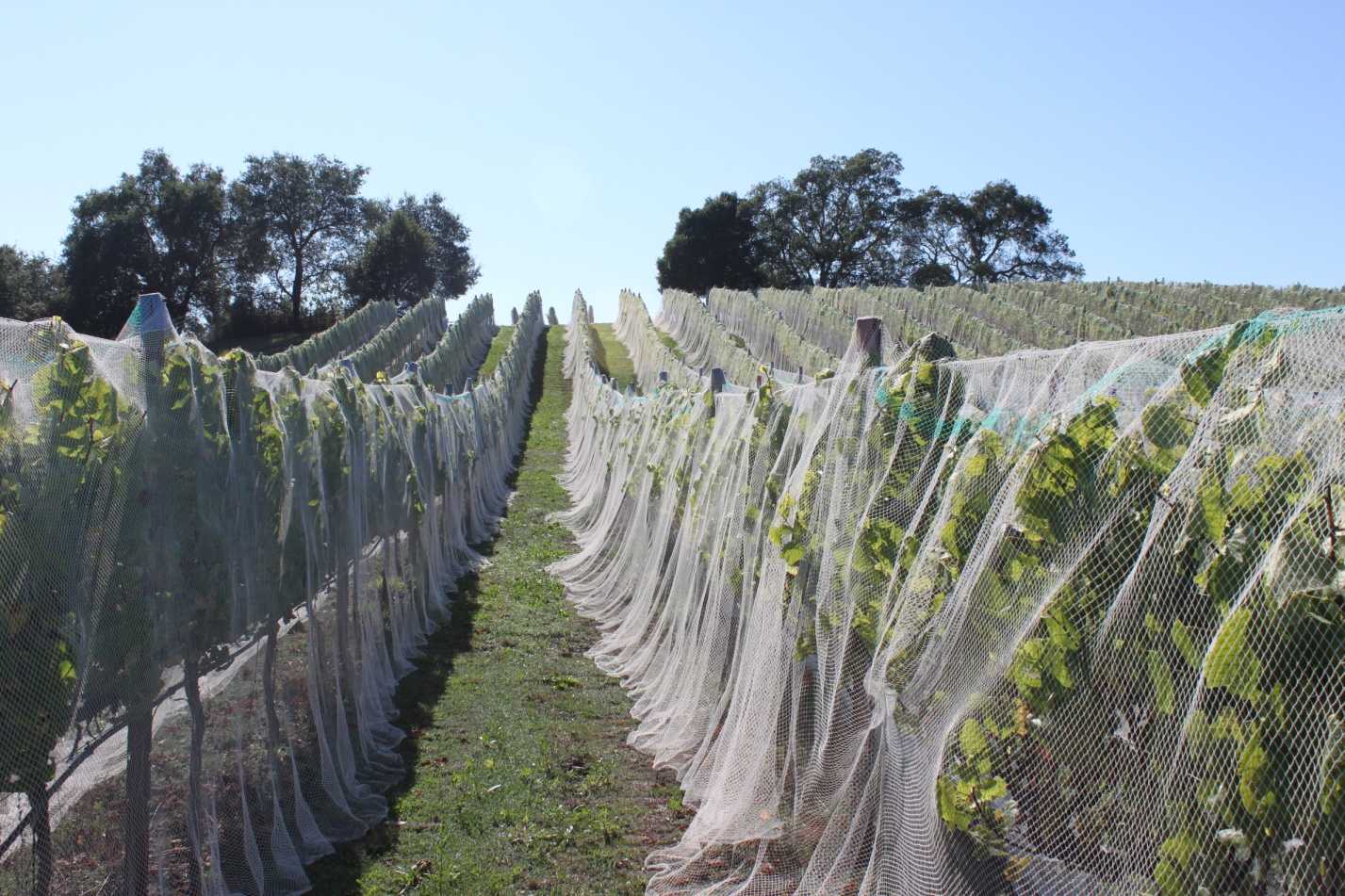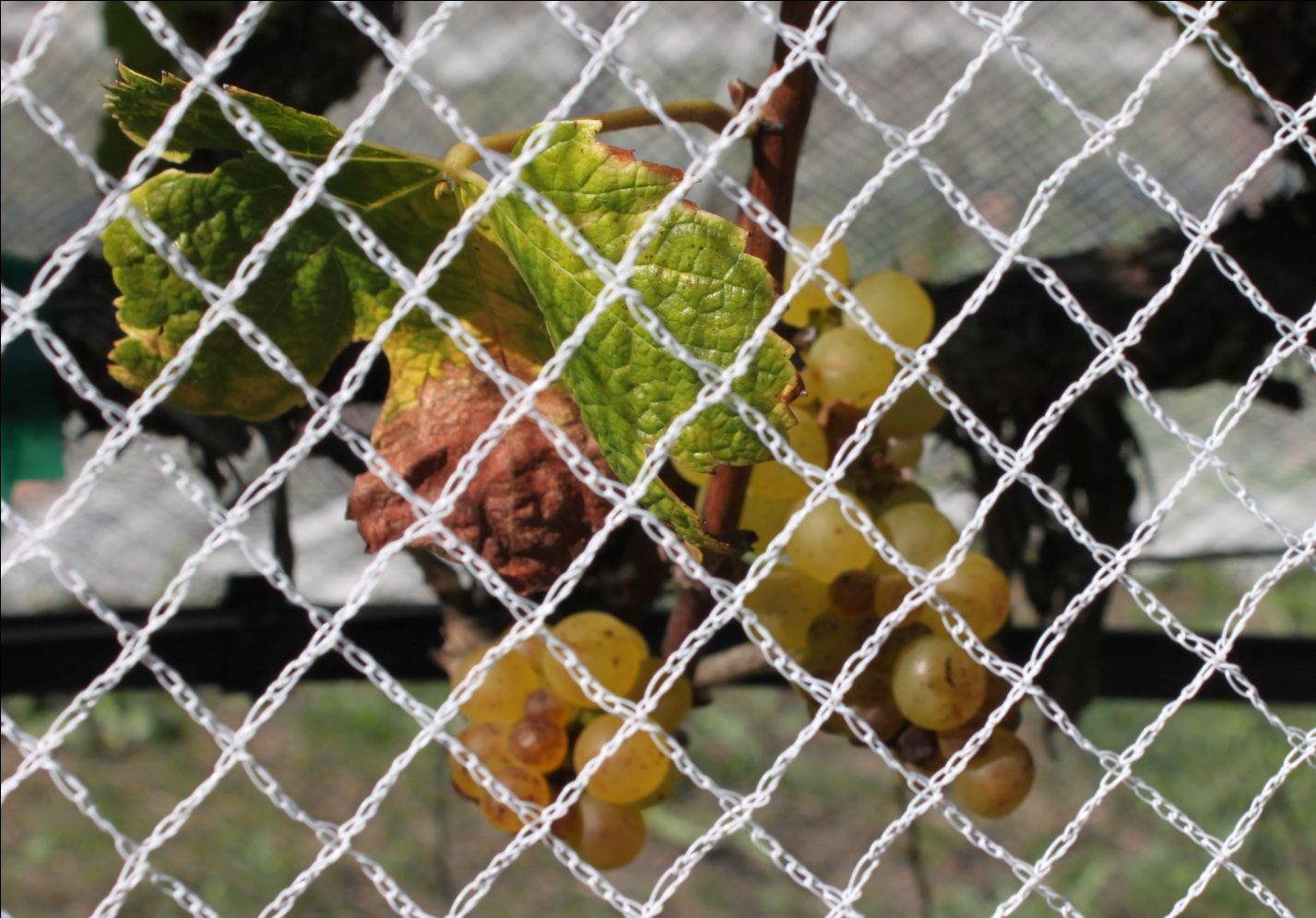Let’s say you’ve followed the sage advice of these columns, visited one of the many fine wineries featured herein and brought home a bottle of something special. Now what? First, you need to get the bottle open. While a few reputable wineries are using screw caps, most good wines still require a corkscrew.
My favorite is the classic stainless steel waiter’s corkscrew, also known as a wine key, shown at the bottom of the photo. It’s an effective and long lasting tool, with a sharp, durable screw and a fold out blade for foil cutting. It’s also lightweight and compact enough for travel. Because the blade is less than six centimeters long, it qualifies under the newly proposed TSA rules for carryon baggage.
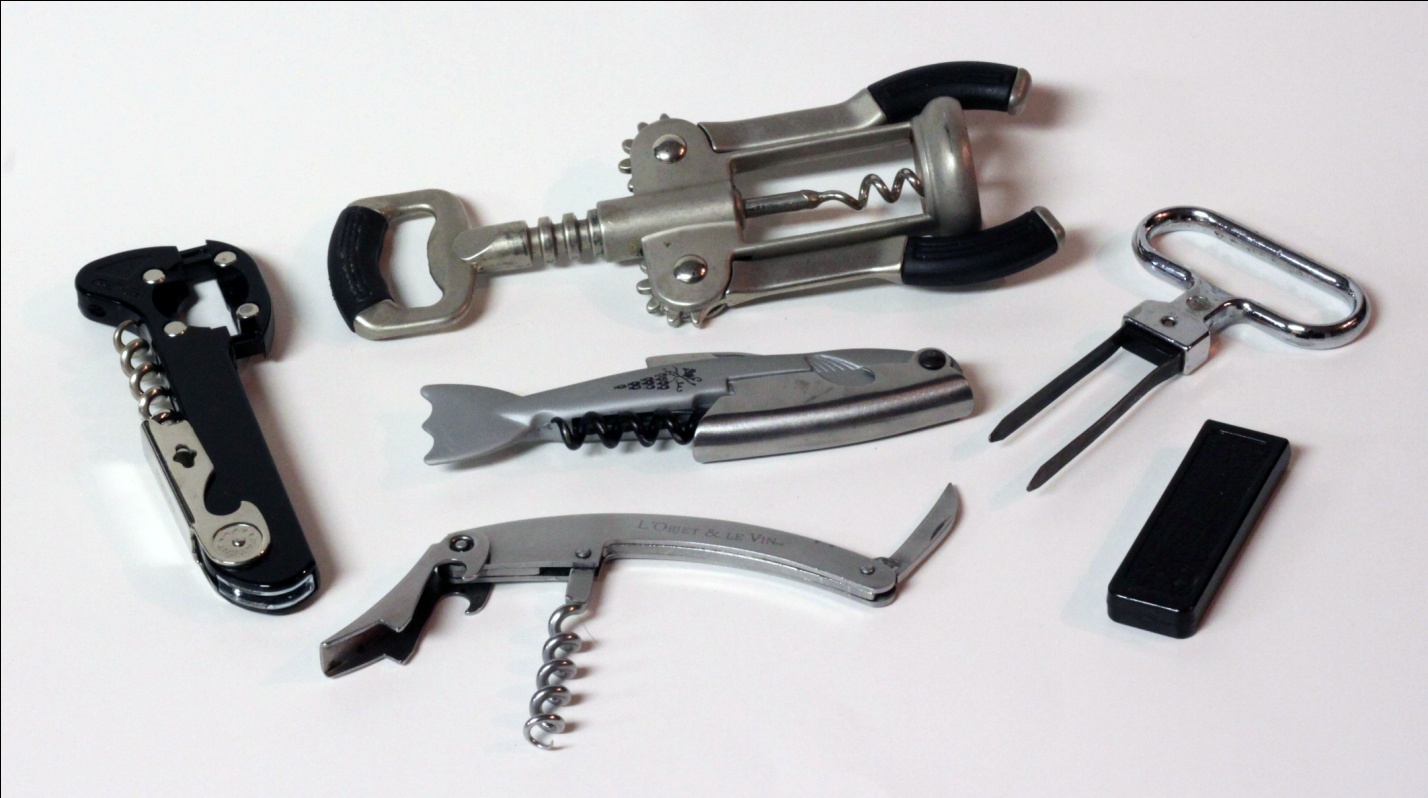
The TSA used to confiscate corkscrews at security checkpoints, which were later sold in small lots on eBay. My wife has exploited this situation to acquire a fine collection. The shark-shaped corkscrew in the middle was liberated from a passenger returning from the Georgia Aquarium: the dorsal fin swings out to serve as a foil cutter. Feel free to hum the theme from Jaws while you open a bottle; we all know about the bond between wine and cinema.
On the left is another wine key, this one with a safer and more convenient foil cutter. This is the style preferred by many tasting room associates (aka “pour people”), who open many more bottles than us mortals.
Featured at the top of the photo is the “winged corkscrew” with two levers, or “wings” that extend as the screw is driven into the cork. This device is a bit bulky, but useful for anyone who doesn’t have the hand and wrist strength to wield a traditional wine key. The built-in beer bottle opener is a plus, but most “waiter style” keys can also remove bottle caps.
We complete our tour of openers with the ah-so, the device on the right with two thin, rigid steel blades that are designed to slide down opposite sides of the cork. With a gentle twist and pull, the cork is free and unharmed. The ah-so is highly recommended for older bottles of wine whose corks may disintegrate when a screw is driven down their center. The ah-so does require a bit of practice, lest the prongs simply force the cork further into the bottle.
If you want to see a vast collection of wine openers, pay a visit to the Culinary Institute of America in Napa Valley. Shown below is a sampling of their enormous display.
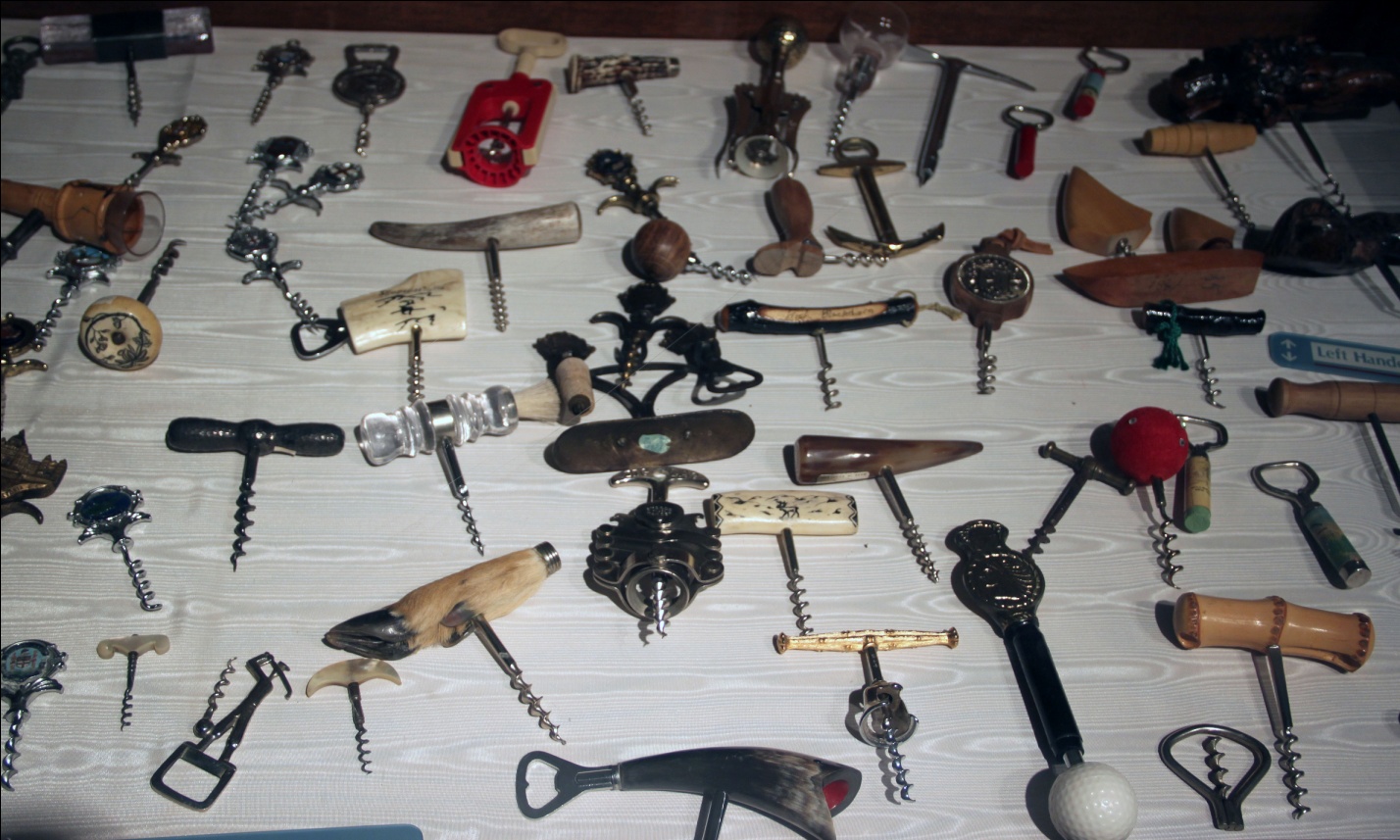
Now that we’ve mastered the task of bottle opening, we’ll need something to drink from.
Shown below are four wine glasses from Riedel, the venerable German glass maker. In a tasting room you would invariably start on the left with a white wine, but I’m going to break with convention. The style of glass is more important to the enjoyment of big red wines, so we’ll start on the right with a glass “optimized by German engineering” for Burgundian wines (think Pinot Noir). The shape is designed to direct the wine to the part of your tongue featuring the optimal taste buds for the enjoyment of Pinot. (I am not making this up!) Should we call it The Ultimate Drinking Machine? This glass allows your nose to get into the bowl where you can fully enjoy the tremendous “nose” that accompanies a good red. It also allows the wine to breathe better so that you can enjoy every nuance of its complexity sooner, making a good red wine more enjoyable.
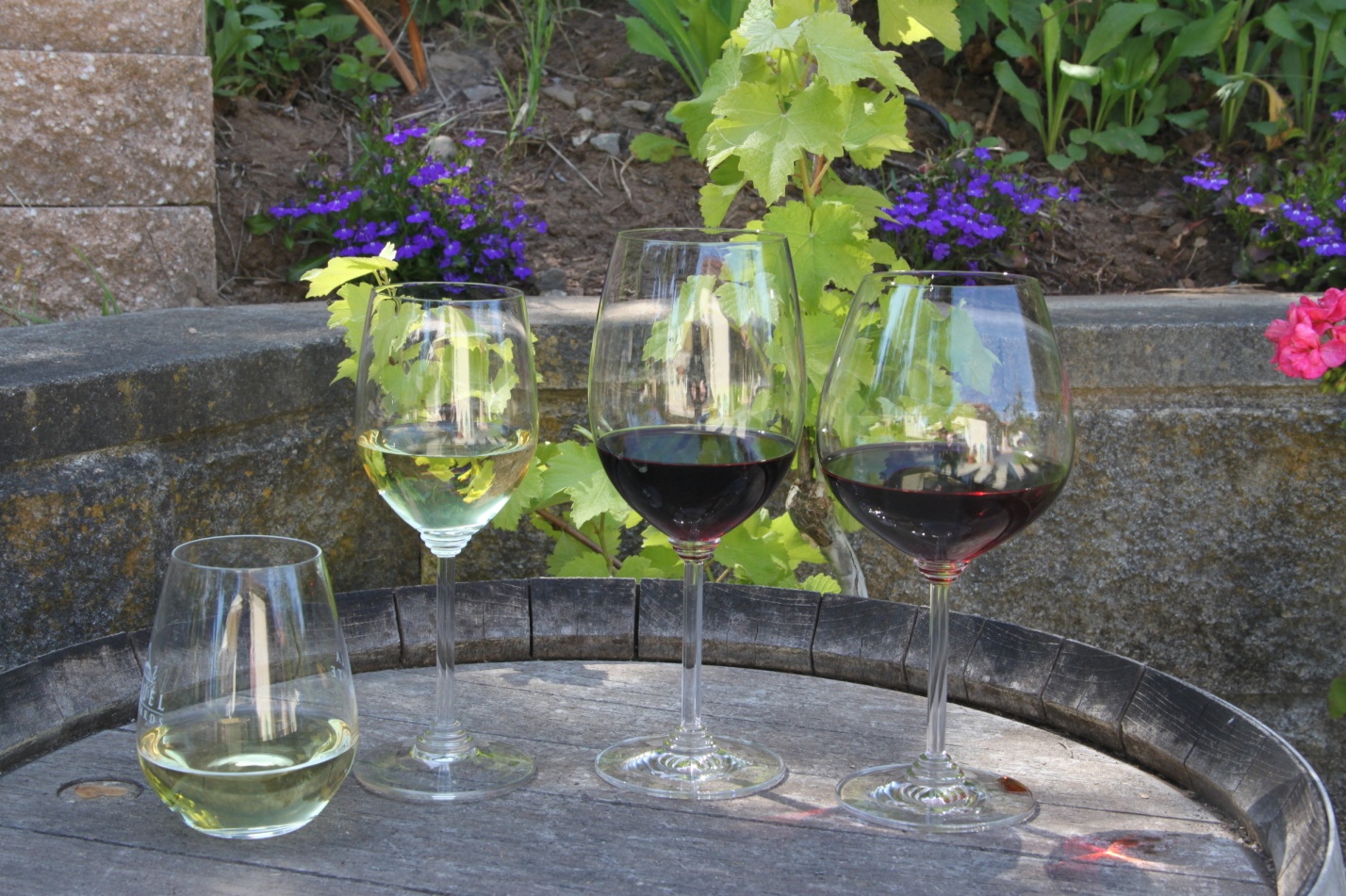
Next to the Burgundian is the Riedel Bordeaux (that’s Cabernet and Merlot to you and me). This is another fine glass worthy of investment, but if you’re on a budget you don’t need the Burgundian and the Bordeaux; either will suffice.
The glass to the left of the Bordeaux is made for Chardonnay, directing the wine to a different area of your tongue. Whites don’t taste any better to me in this glass than they do in the ”giveaway” winery logo glasses, so unless you’re entertaining the boss or your rich uncle, you might want to skip the deluxe Chardonnay stemware.
The leftmost glass is a stemless style intended for whites. It’s compact, modern and less likely to be knocked over. There is also a stemless red version, but the bowl is so large as to be difficult to grip for non-NBA stars.
If you don’t finish your bottle, you’ll likely want to save it for the next day. If the cork didn’t expand too much when it came out of the bottle, you can always shove it back in. The boss will be impressed. Or you can use this opportunity to purchase yet more gadgetry for your favorite hobby. Stoppers come in so many shapes and sizes that there is surely one for every occasion and taste. Shown below is a sampling of our collection. My personal favorite: the black one second from the right. It seals nicely, is easy to clean and is compact enough at I don’t fear running out of headroom when putting an open bottle of Chardonnay back in the fridge.
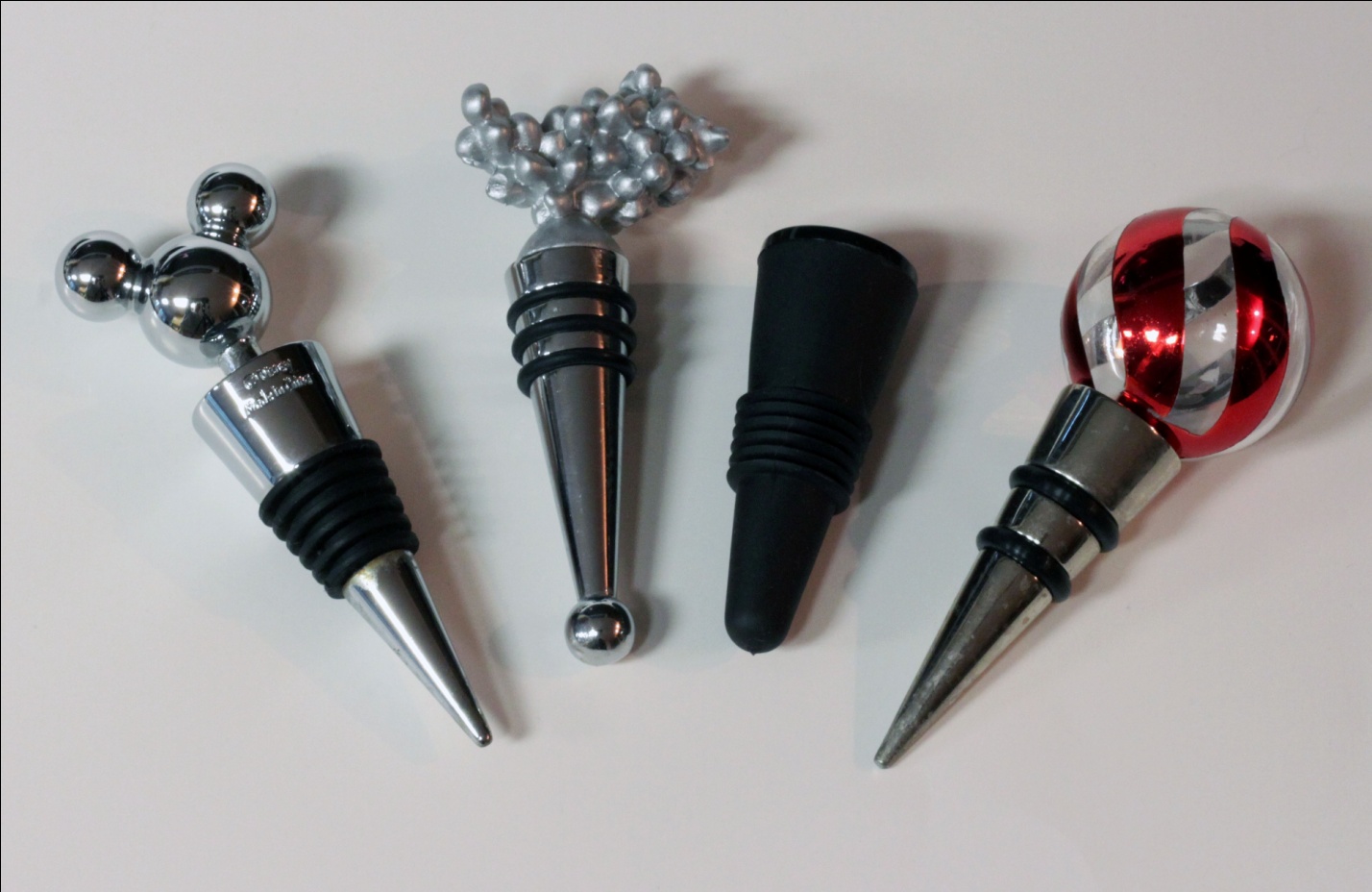
If you’re wondering where to purchase a good corkscrew or other tool of the trade (other than eBay) I recommend Wine Enthusiast for internet sales, or a BevMo retail store. Winery gift shops often have nice items as well that can double as a souvenirs of your trip. Just check with the TSA before heading through security or my wife may end up with your new corkscrew.
Next month we’re vacationing in Paso Robles, Pismo Beach and the Santa Ynez Valley, so please check back for more wine fun.
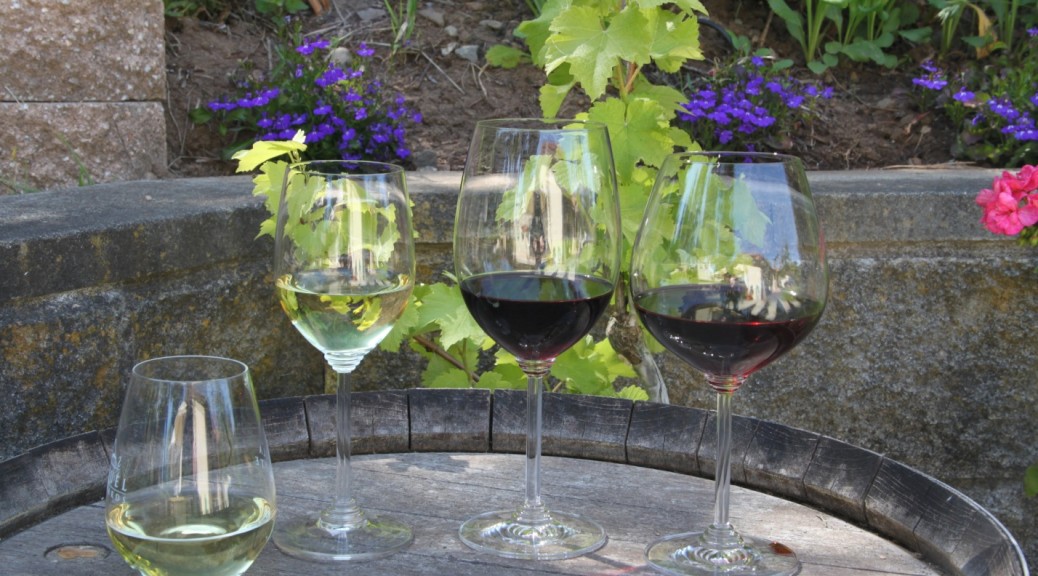
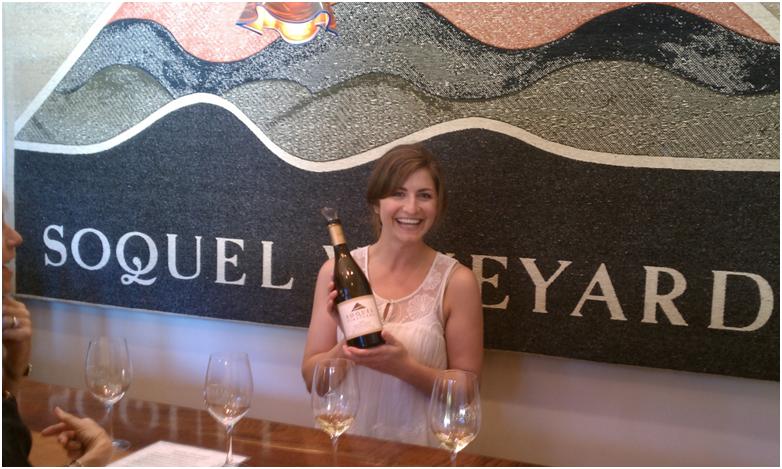
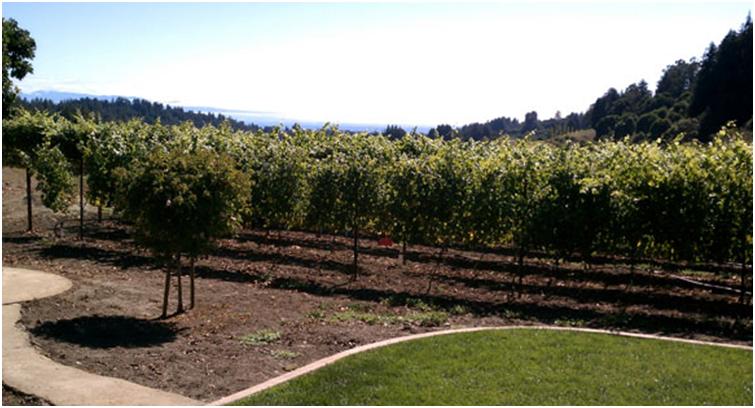
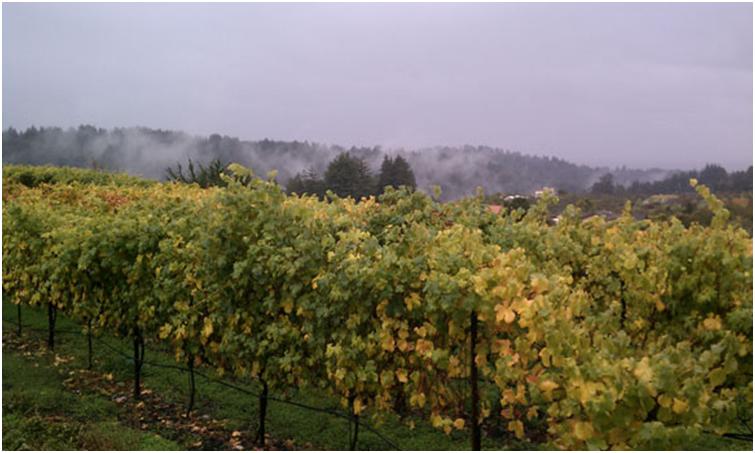
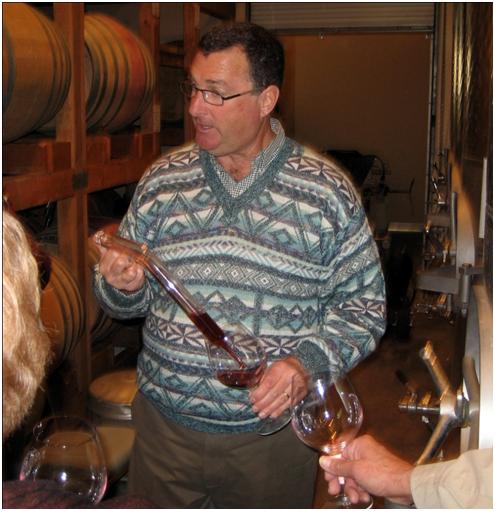
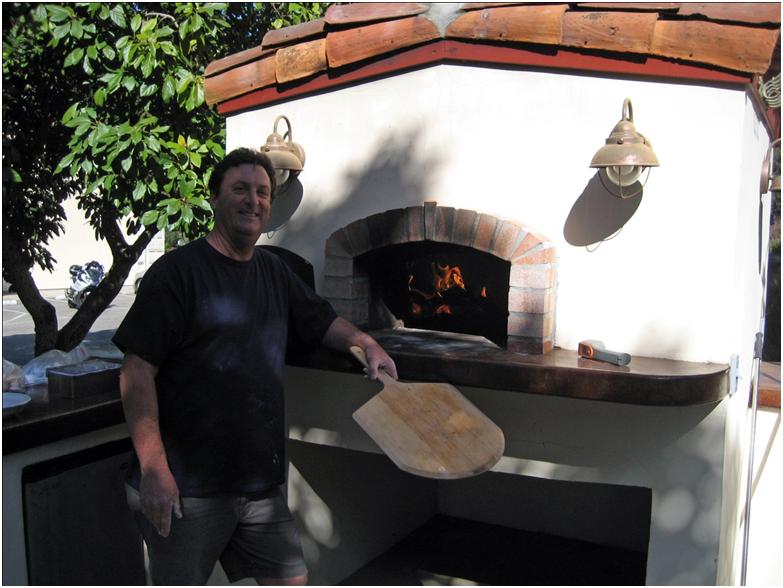 Paul is always experimenting with the pizza recipes, so visiting can be a new experience every time. And the cuisine isn’t always limited to pizza. One of the best winery snacks I’ve had in recent memory was pomegranate pear mandarin pizza and sushi. You can’t get that kind of experience just anywhere.
Paul is always experimenting with the pizza recipes, so visiting can be a new experience every time. And the cuisine isn’t always limited to pizza. One of the best winery snacks I’ve had in recent memory was pomegranate pear mandarin pizza and sushi. You can’t get that kind of experience just anywhere. 